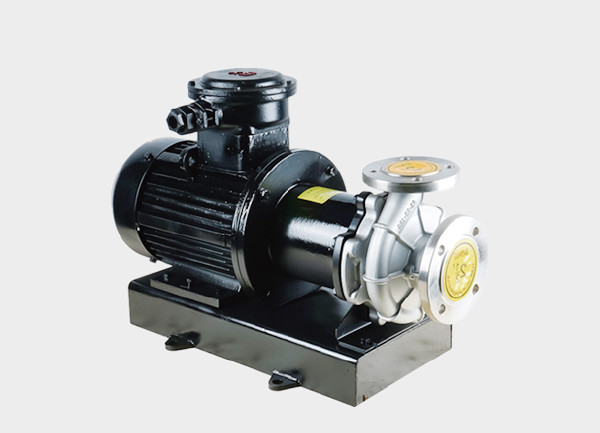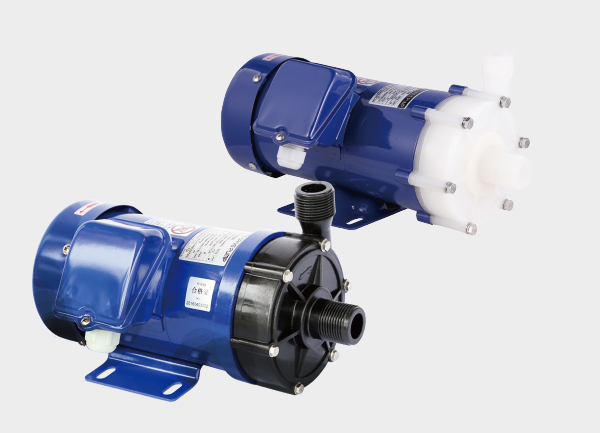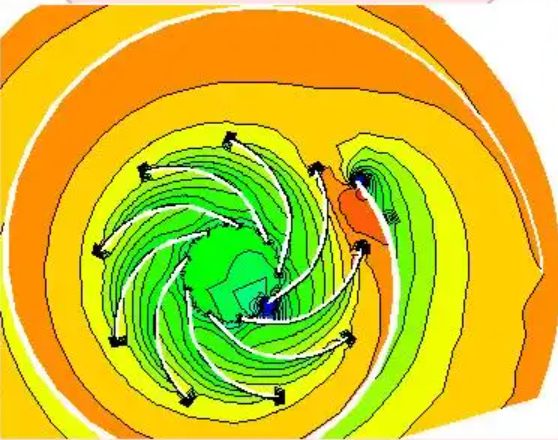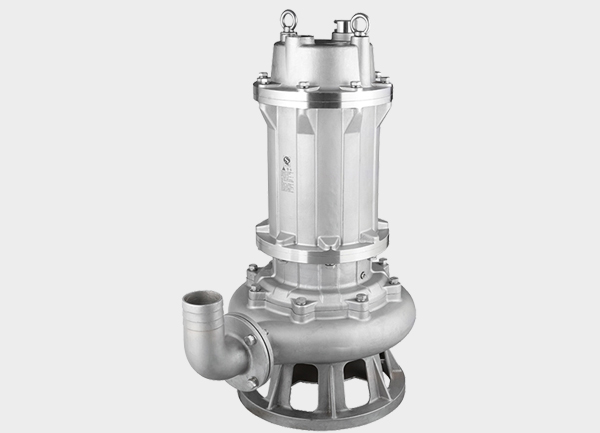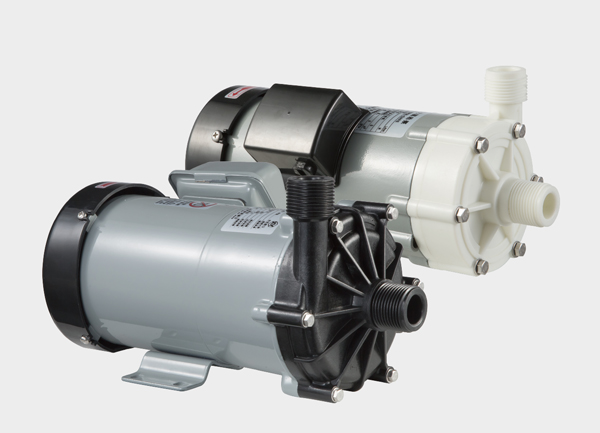In modern industrial production, transporting leak-prone, toxic, or hazardous liquids such as acids, alkalis, and organic solvents poses significant challenges. Traditional centrifugal pumps rely on mechanical seals, which often fail due to wear and aging, leading to leakage, environmental pollution, and potential safety accidents.
Magnetic pumps, with their contactless transmission + fully sealed design, have become a revolutionary solution to this problem. Below, we analyze their working principle, advantages, limitations, and future development trends.
1. From Mechanical Seals to Magnetic Transmission: A Breakthrough in Sealing Technology
Traditional centrifugal pumps drive the impeller directly through the motor shaft. Since the shaft passes through the pump body, mechanical seals (seal rings, O-rings) are required. However:
Service life is short: Typically 3–6 months due to friction.
Micro-leakage is inevitable: Even in normal operation, complete sealing is impossible.
Magnetic Pumps: A New Design
The core innovation of magnetic pumps is replacing physical contact with magnetic force:
The rigid shaft connection is split into outer magnetic rotor (motor side) and inner magnetic rotor (pump side).
An isolation sleeve made of non-magnetic material separates the two rotors.
This design eliminates the shaft gap, achieving true zero leakage.
2. How Magnetic Pumps Work: Contactless Power Transmission
2.1 Core Components and Their Roles
Outer & Inner Magnetic Rotors: Made of high-strength neodymium-iron-boron permanent magnets, ensuring strong torque transfer even across a 5–10mm isolation sleeve.
Isolation Sleeve: Provides complete sealing but requires cooling to prevent heat buildup.
Cooling System: Uses circulating liquid to remove heat generated by eddy currents.
2.2 Three-Step Working Process
Startup: Motor drives the outer rotor, creating a rotating magnetic field (1450–2900 rpm).
Magnetic Transmission: The inner rotor is pulled by magnetic force and rotates synchronously, with speed difference <1 rpm.
Liquid Transportation: The impeller moves liquid by centrifugal force, creating suction at the inlet and pressure at the outlet.
3. Advantages and Limitations of Magnetic Pumps
3.1 Key Advantages
Absolute Sealing: No leakage, suitable for transporting toxic, flammable, or explosive liquids.
Low Maintenance: No mechanical seals → service life 5–8 years, reducing maintenance by 70%.
Low Noise: No frictional contact → operation <60 dB, improving workplace comfort.
3.2 Limitations to Consider
No Dry Running: Without liquid cooling, the isolation sleeve overheats (>200°C in 1 minute), causing permanent magnet demagnetization.
Not Suitable for High Viscosity Liquids: Viscosity >100 cP (e.g., heavy oil, paints) may cause rotor slippage and efficiency loss.
4. Future Development: Towards High Efficiency and Intelligent Monitoring
Modern magnetic pumps are evolving with:
High-Efficiency Magnets: Rare-earth magnets push transmission efficiency above 95% (vs. ~85% in earlier designs).
Intelligent Sensors: Built-in temperature and vibration sensors provide real-time monitoring. Automatic shutdown prevents accidents when abnormalities occur.
This integration of material science, fluid mechanics, and smart technology ensures that magnetic pumps continue to improve safety, efficiency, and sustainability in industrial production.
Conclusion
Magnetic pumps represent a revolutionary sealing solution for hazardous fluid handling. By eliminating mechanical seals and using magnetic transmission, they deliver zero leakage, long service life, and safer operations.
For industries handling acids, alkalis, solvents, and other dangerous liquids, selecting magnetic pumps ensures not only environmental protection but also production safety and efficiency.



